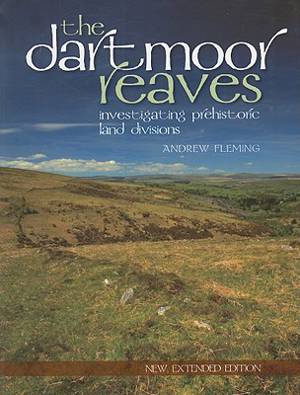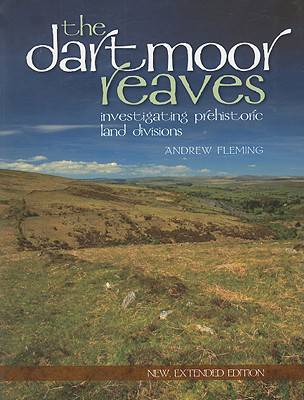
- Afhalen na 1 uur in een winkel met voorraad
- Gratis thuislevering in België vanaf € 30
- Ruim aanbod met 7 miljoen producten
- Afhalen na 1 uur in een winkel met voorraad
- Gratis thuislevering in België vanaf € 30
- Ruim aanbod met 7 miljoen producten
Zoeken
€ 41,95
+ 83 punten
Omschrijving
First published in 1988, The Dartmoor Reaves is a classic story of archaeological fieldwork and discovery, and a winner of the Archaeological Book Award. This major new edition adds both color illustrations and two substantial new chapters to the original groundbreaking text, which revolutionized our understanding of Britain's prehistoric landscapes.
Dartmoor has long been known for the richness of its prehistoric heritage; stone circles, hut circles, massive burial cairns, and stone rows all pepper the landscape. In the 1970s a new dimension was added, with the recognition that the long-ignored reaves (ruined walls) are also prehistoric; Dartmoor now posed all sorts of questions about the nature of Bronze Age society. Andrew Fleming describes the critical moment when his own fieldwork picked up the pattern of the reaves, and he realized their true identity.
His new chapters place Dartmoor's large-scale, planned, prehistoric landscapes in the context of other 'co-axial' field systems that have since been found elsewhere, and also discuss their meaning, in the light of the latest research on the Bronze Age.
Dartmoor has long been known for the richness of its prehistoric heritage; stone circles, hut circles, massive burial cairns, and stone rows all pepper the landscape. In the 1970s a new dimension was added, with the recognition that the long-ignored reaves (ruined walls) are also prehistoric; Dartmoor now posed all sorts of questions about the nature of Bronze Age society. Andrew Fleming describes the critical moment when his own fieldwork picked up the pattern of the reaves, and he realized their true identity.
His new chapters place Dartmoor's large-scale, planned, prehistoric landscapes in the context of other 'co-axial' field systems that have since been found elsewhere, and also discuss their meaning, in the light of the latest research on the Bronze Age.
Specificaties
Betrokkenen
- Auteur(s):
- Uitgeverij:
Inhoud
- Aantal bladzijden:
- 224
- Taal:
- Engels
Eigenschappen
- Productcode (EAN):
- 9781905119158
- Verschijningsdatum:
- 1/07/2008
- Uitvoering:
- Paperback
- Formaat:
- Trade paperback (VS)
- Afmetingen:
- 187 mm x 243 mm
- Gewicht:
- 571 g

Alleen bij Standaard Boekhandel
+ 83 punten op je klantenkaart van Standaard Boekhandel
Beoordelingen
We publiceren alleen reviews die voldoen aan de voorwaarden voor reviews. Bekijk onze voorwaarden voor reviews.











